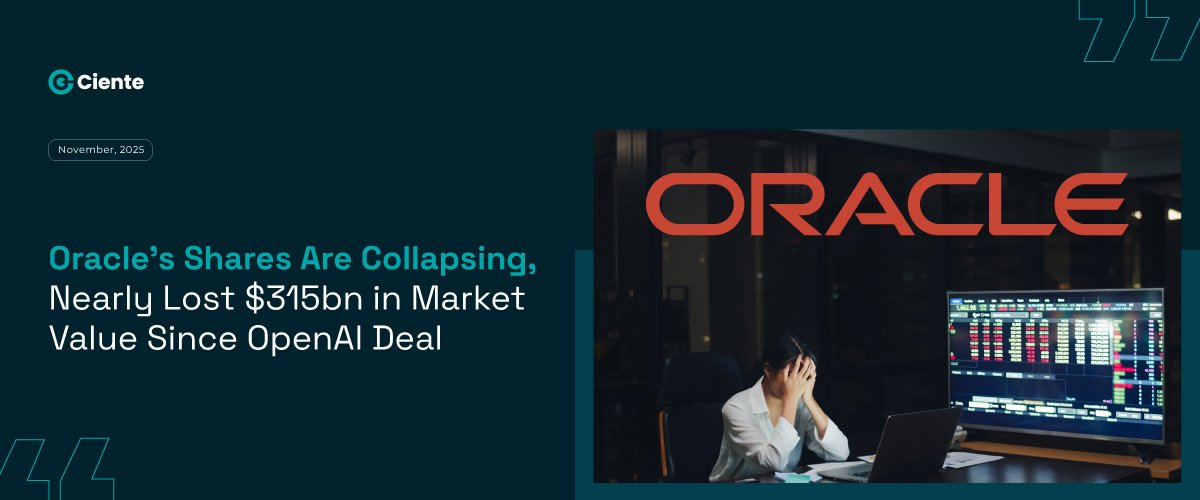Tech Shares Boom As NVIDIA Publishes Stunning Quarterly Results
Nvidia’s blow-out AI earnings reignite the tech rally but also raise serious questions about sustainability, capex burden, and reliance on a narrow customer base.
Nvidia has handed Wall Street a performance sheet that every AI player dreams of: $57 billion in revenue, EPS beating expectations, and a bullish guide toward Q4. The company’s CEO asserts they’re not riding a hype cycle but driving true transformation across training, inference, and full-stack AI infrastructure.
Investors responded accordingly.
Global tech equities surged. And chipmakers, from Advanced Micro Devices to Intel, rode this uplift. The message?
Demand for accelerated computing is robust, margins are holding, and the era of AI-hardware seems far from cresting.
Still, but here’s where the critical lens kicks in: Nvidia’s success underlines structural questions. The company relies heavily on a small set of hyperscale customers and on AI capex that may be stretching beyond realistic ROI for many. Energy constraints, memory-chip shortages, and a global supply chain stretched to the limit are actual drag factors.
In short, Nvidia isn’t just leading the pack- it’s setting the rules. But the rules it sets matter. If AI hardware becomes evergreen, fine. If it instead hits diminishing returns, been-there illusion territory, then this moment may mark the peak of the rise, not its forever-plateau. For now, though, the market buys the story.






